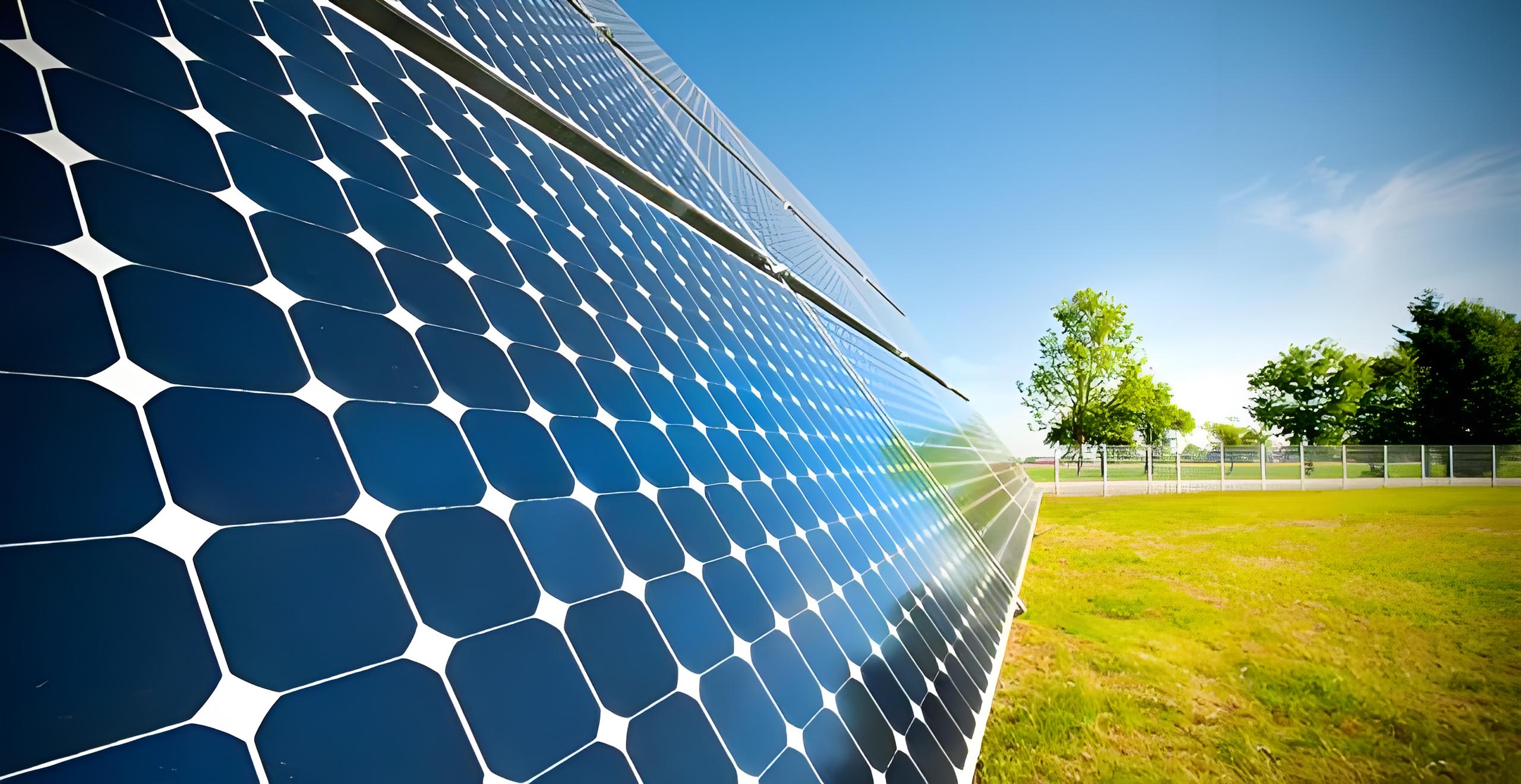Classification of solar power generation
Classification of solar power generation
Solar photovoltaic power generation
Solar photovoltaic power generation refers to a power generation method that directly converts light energy into electrical energy without the need for thermal processes. It includes photovoltaic power generation, photochemical power generation, photo induced power generation, and photobiological power generation. Photovoltaic power generation is a direct power generation method that utilizes solar grade semiconductor electronic devices to effectively absorb solar radiation energy and convert it into electrical energy. It is currently the mainstream of solar power generation. In photochemical power generation, there are electrochemical photovoltaic cells, photoelectrolytic cells, and photocatalytic cells, with photovoltaic cells currently being the most widely used.
The photovoltaic power generation system mainly consists of solar cells, batteries, controllers, and inverters. Among them, solar cells are a key part of the photovoltaic power generation system, and the quality and cost of solar panels will directly determine the quality and cost of the entire system. Solar cells are mainly divided into two categories: crystalline silicon cells and thin-film cells. The former includes monocrystalline silicon cells and polycrystalline silicon cells, while the latter mainly includes amorphous silicon solar cells, copper indium gallium selenide solar cells, and cadmium telluride solar cells.
The photoelectric conversion efficiency of monocrystalline silicon solar cells is around 15%, with a maximum of 23%. Among solar cells, the photoelectric conversion efficiency is the highest, but its manufacturing cost is high. The service life of monocrystalline silicon solar cells can generally reach 15 years, with a maximum of 25 years. The photoelectric conversion efficiency of polycrystalline silicon solar cells is 14% to 16%, and their production cost is lower than that of monocrystalline silicon solar cells, so they have been widely developed. However, the service life of polycrystalline silicon solar cells is shorter than that of monocrystalline silicon solar cells.

Thin film solar cells are solar cells that use thin films such as silicon, cadmium sulfide, and gallium arsenide as substrate materials. Thin film solar cells can be manufactured using lightweight and low-cost substrate materials such as glass, plastic, ceramics, etc., forming a thin film with a thickness of less than 1 micron that can generate voltage, making it easy to transport and install. However, the thin films deposited on heterogeneous substrates can produce some defects, so the current large-scale production conversion efficiency of cadmium telluride and copper indium gallium selenide solar cells is only 12% to 14%, while their theoretical upper limit can reach 29%. If the defects of cadmium telluride can be reduced during the production process, it will increase the lifespan of the battery and improve its conversion efficiency. This requires studying the causes of defects, as well as ways to reduce defects and control quality. The interface of solar cells is also crucial and requires significant research and development investment.
Solar thermal power generation
The method of generating electricity by converting solar radiation into electrical energy through water or other working fluids and devices is called solar thermal power generation. First, convert solar energy into thermal energy, and then convert thermal energy into electrical energy. There are two ways of conversion: one is to directly convert solar thermal energy into electrical energy, such as temperature difference power generation in semiconductors or metal materials, thermoelectric ion power generation in vacuum devices, alkali metal thermoelectric conversion, and magnetic fluid power generation; Another way is to use solar thermal energy through a heat engine (such as a steam turbine) to drive a generator to generate electricity, similar to conventional thermal power generation, except that its thermal energy does not come from fuel, but from solar energy. There are various types of solar thermal power generation, mainly including the following five types: tower system, trough system, disc system, solar pool, and solar tower thermal airflow power generation. The first three are concentrated solar thermal power generation systems, while the latter two are non concentrated. Some developed countries have made solar thermal power generation technology a national research and development focus, and have manufactured dozens of various types of solar thermal power generation demonstration power stations, which have reached the practical application level of grid connected power generation.
The most promising solar thermal power generation systems currently available in the world can be roughly divided into: trough parabolic focusing system, central receiver or solar tower focusing system, and disc-shaped parabolic focusing system. The three technically and economically feasible forms are: 30-80MW focused parabolic trough solar thermal power generation technology (referred to as parabolic trough); 30-200MW point focused central receiving solar thermal power generation technology (referred to as central receiving); Point focused parabolic disc solar thermal power generation technology with a power output of 7.5-25kW (referred to as parabolic disc).
The heat transfer working fluids of the focused solar thermal power generation system are mainly water, steam, and molten salt, which can be heated to 450 degrees Celsius in the receiver and then used for power generation. In addition, the thermal storage system of this power generation method can temporarily store thermal energy for several hours to meet the needs of peak electricity demand.
The parabolic trough focusing system uses a parabolic cylindrical trough emitting mirror to concentrate sunlight onto a tube shaped receiver, and heats the heat transfer medium inside the tube to generate steam in the heat exchanger, which drives a conventional steam turbine to generate electricity. The tower solar thermal power generation system uses a set of independent sun tracking mirrors to concentrate sunlight onto a receiver at the top of a fixed tower to generate high temperatures.
In addition to the traditional solar thermal power generation methods mentioned above, research in new fields such as solar chimney power generation and solar pond power generation has also made progress.

